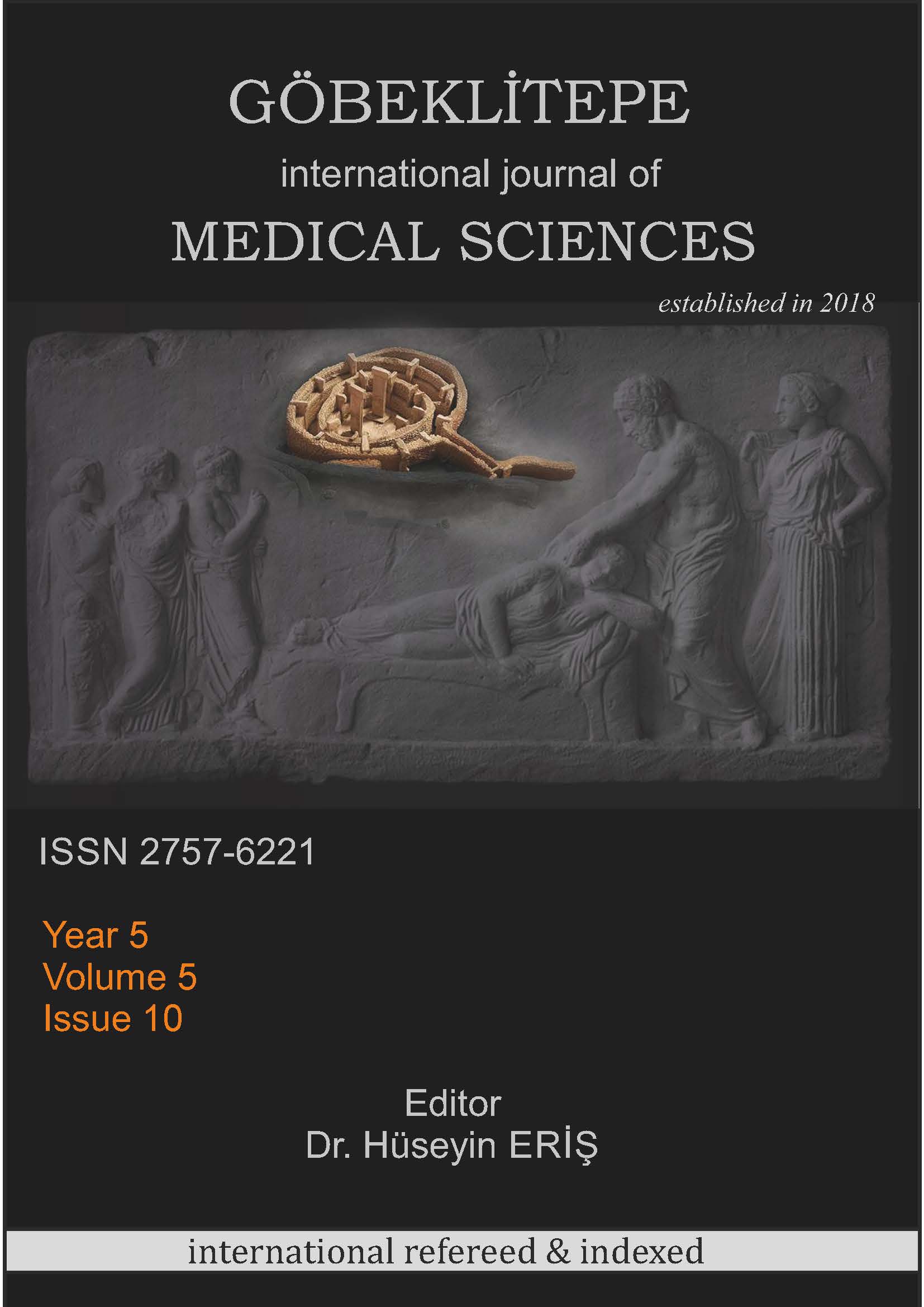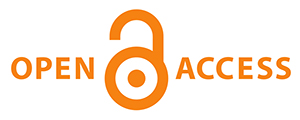COMPARISON of THE EFFICIENCY of THREE DIFFERENT METHODS in REDUCING PAIN AND FEAR in CHILDREN DURING INTRAVENOUS CANNULATION: A RANDOMISED CONTROLLED STUDY
DOI:
https://doi.org/10.55433/gsbd-125Keywords:
Pain, Child, Kaleidoscope, Fear, Squeezing Soft Ball, Blowing BubblesAbstract
This study investigates the effects of squeezing a soft ball, using a kaleidoscope, or blowing bubbles during intravenous cannulation on the pain and fear of children between the ages of 4 and 6. This study is a randomised controlled study. It was conducted in the pediatric emergency service of a university hospital in the east of Turkey. In the study, there were 30 children in the soft ball group, 30 children in the kaleidoscope group, 30 children in the bubbles group, and 30 children in the control group. The Descriptive Information Form, the Faces Pain Scale–Revised, and the Children’s Fear Scale were used in data collection. Four groups included in the study were found to be similar. It was found that the children in the soft ball, kaleidoscope, and bubbles groups experienced less pain and fear than the children in the control group during an intravenous cannulation procedure, and the difference in score between the groups was found to be statistically significant. In the study, it was found that squeezing a soft ball, using a kaleidoscope, and blowing bubbles during an intravenous cannulation procedure in a pediatric emergency service were effective in reducing the pain and fear of children.





